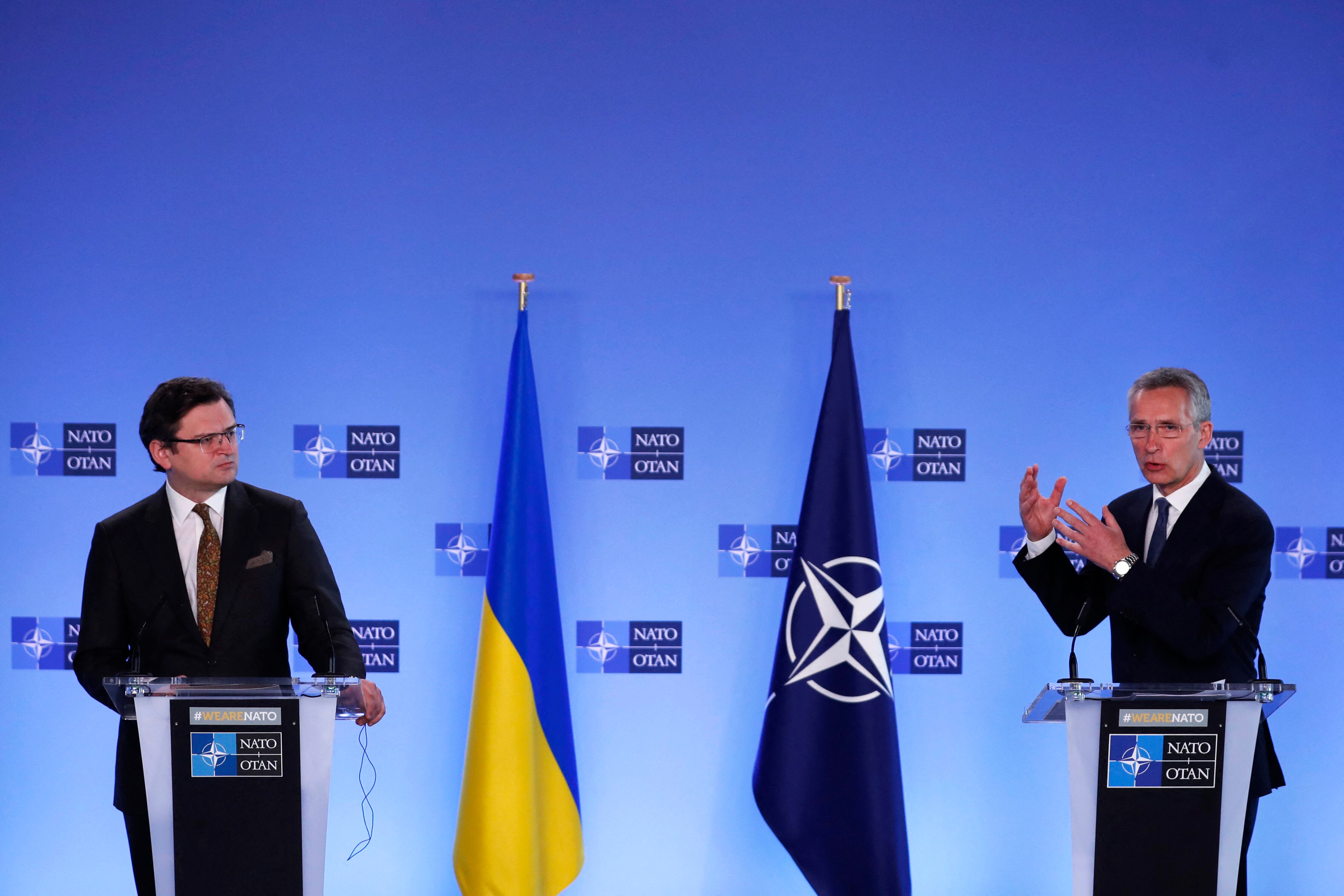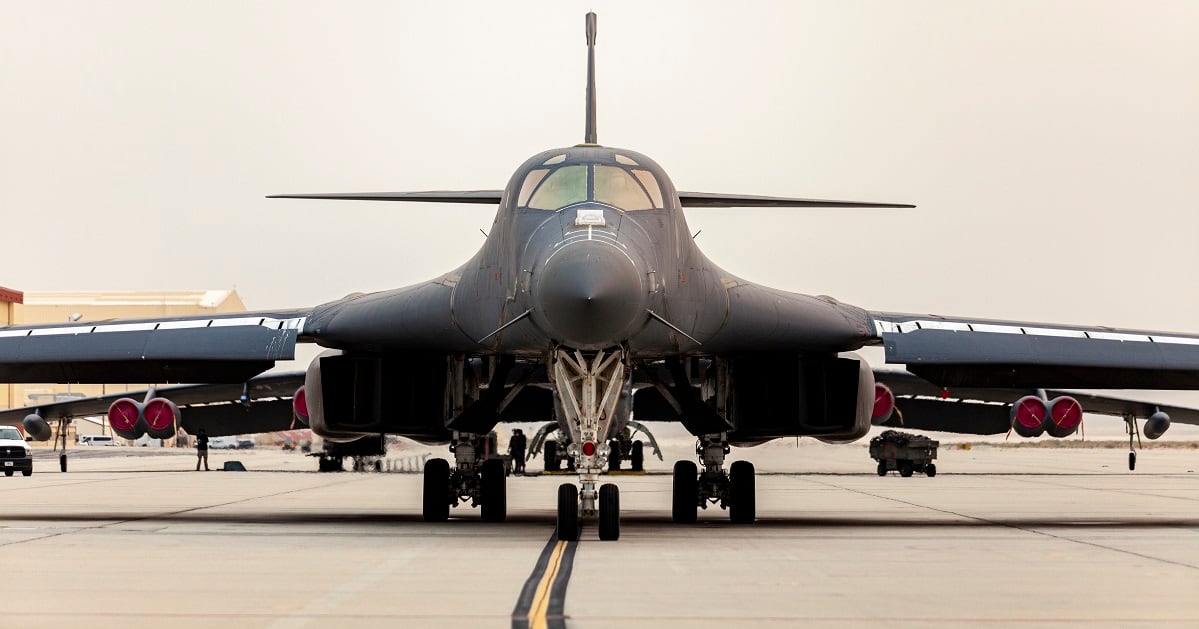Four B-1B Lancer bombers and nearly 200 airmen returned to Dyess Air Force Base, Texas, Monday after spending more than a month flying missions out of RAF Fairford in England.
The Lancers, which are equipped to carry only conventional munitions, deployed as part of a routine bomber task force rotation through Europe. Bombers head overseas on short-notice tours as a display of power while training with American allies in the region.
The 9th Expeditionary Bomb Squadron partnered with other American forces from around the globe on rapid-response missions, known as agile combat employment. They are building a “cohesive team, postured and ready, to respond to adversary aggression,” Gen. Jeff Harrigian, the head of U.S. air operations in Europe and Africa, said in a release.
Dyess aircrews departed Europe as a tense situation between Russia, Belarus, Ukraine and Poland is unfolding, prompting new European Union sanctions on Belarus and warnings from NATO.
RELATED

Russia is amassing an “unusual concentration of troops” at the Ukrainian border, similar to Moscow’s 2014 invasion of Crimea, NATO Secretary-General Jens Stoltenberg warned Monday. Belarus and Russia have also held joint paratrooper drills as thousands of migrants seeking a better life look to cross the border from Belarus into Poland.
Recent news reports have detailed fears that Russia is planning another invasion of Ukraine while using the migrant crisis as a distraction.
Against that geopolitical backdrop, the expeditionary squadron conducted counter-maritime training in the Black Sea region, and collaborated with Norwegian Air Force F-35 Lightning II fighter jets and joint terminal attack controllers over the Arctic.
“Bomber Task Force Europe deployments consist of staging bomber aircraft and supporting personnel in an unfamiliar operating location to enhance the training and readiness necessary to respond to any potential crisis or challenge across the globe,” the 7th Bomb Wing said.
The B-1 can carry the largest payload of guided and unguided nonnuclear weapons of any airframe in the Air Force inventory. Airmen assembled 500-pound GBU-38 and GBU-54 bombs, which offer more advanced guidance than the GBU-38, and 2,000-pound GBU-31 bombs during the deployment.
RELATED

At one point, the squadron tested out a new universal adaptor, dubbed “VIPER,” that allows U.S. aircraft to gas up at any host nation’s fuel trucks.
Dyess aircrews also worked with the 800th Cyber Protection Team at Fairford, marking the first time a cyber defense team was assigned to keep a bomber task force safe in the digital realm.
The cyber specialists configured a system that collected information on the digital traffic inside software on the B-1, hunted down threats that could jeopardize the bomber’s systems and fixed vulnerabilities that could let in unwanted actors.
Forty-five B-1Bs are still in use at Dyess and Ellsworth AFB, South Dakota. The nearly four-decade-old fleet is being phased out to make way for the more advanced, dual-nuclear and conventional B-21 Raider bomber now in production at Northrop Grumman.
Rachel Cohen is the editor of Air Force Times. She joined the publication as its senior reporter in March 2021. Her work has appeared in the Washington Post, the Frederick News-Post (Md.), Air and Space Forces Magazine, Inside Defense, Inside Health Policy and elsewhere.




